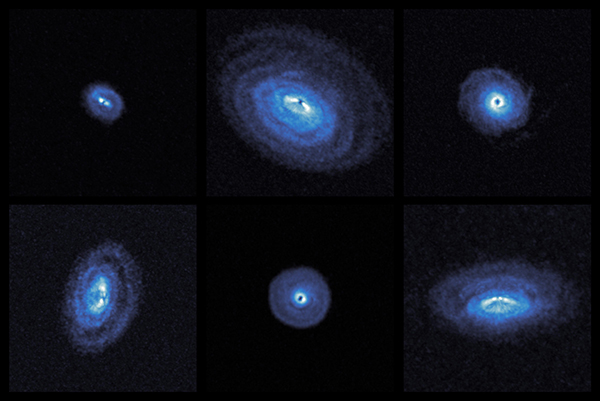exoALMA: An Unprecedented Look into Planet Formation, with Key Contributions from Researchers at the Observatoire de la Côte d’Azur
Thanks to the exoALMA project, astronomers have taken a major leap forward in observing protoplanetary disks—rings of gas and dust that surround young stars and give birth to planets. Coordinated by an international team that includes several researchers from the Observatoire de la Côte d’Azur, this “large program” has delivered the most detailed study to date of fifteen such disks. By combining cutting-edge imaging techniques developed specifically for the ALMA Observatory in Chile, scientists have uncovered complex three-dimensional structures and direct clues about the physical mechanisms shaping nascent planetary systems.
The findings, published in a special issue of The Astrophysical Journal Letters, reveal that subtle pressure variations within the disks guide dust particles into concentric rings—an essential process in planet formation. The observations also enable scientists to estimate the amount of material available for building planets by analyzing how different parts of the disks rotate. Another breakthrough: astronomers can now indirectly detect the presence of young forming planets by observing the disturbances they create in their surroundings—much like ripples on a pond betray the movement of an unseen fish.
Driven by a team of forty researchers—many at the early stages of their careers—exoALMA has also produced powerful new data analysis tools that will benefit the wider astronomical community. Scientists from Université Côte d’Azur, including Myriam Benisty (Co-PI), Jochen Stadler, Daniele Fasano, and Andrew Winter, played a central role in this first round of publications, which was partly supported by a prestigious ERC grant. All calibrated data from exoALMA have now been made publicly available, paving the way for a second wave of discoveries.
Discover more :



